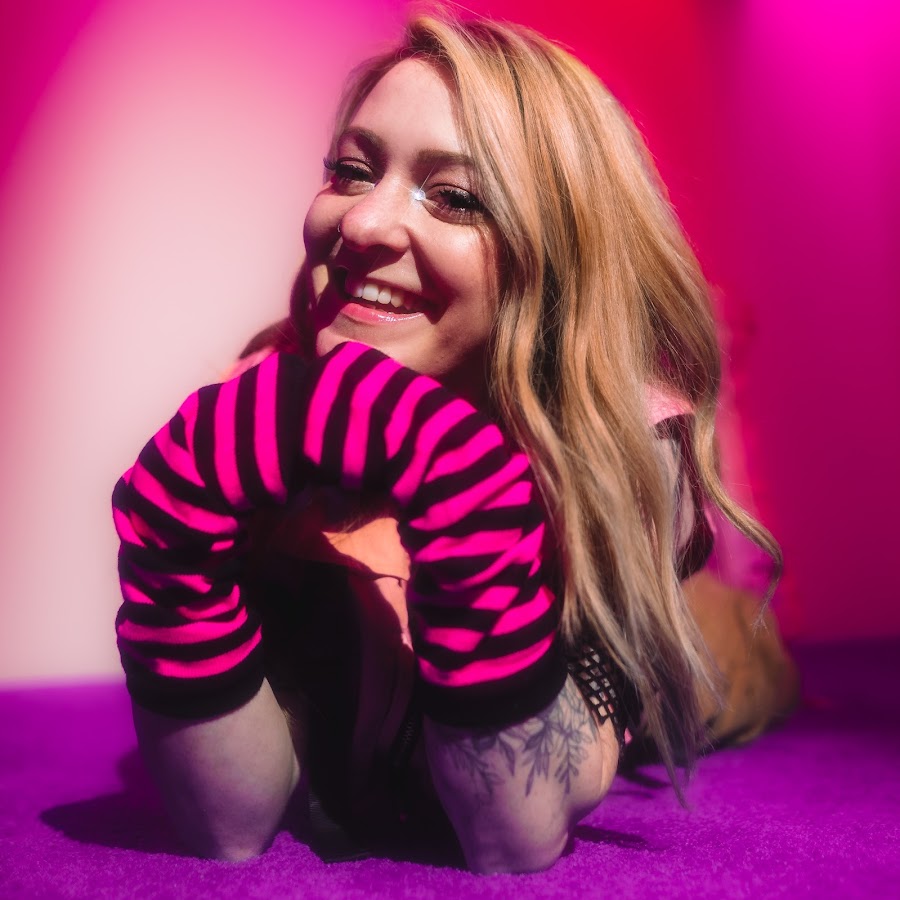
Pretty in Pink (and Screams) Scene Queens Aesthetic and Influence
Pretty in Pink (and Screams): Scene Queens Aesthetic and Influence
The late 2000s and early 2010s saw the rise of a unique subculture known as "scene," characterized by its vibrant fashion, edgy music, and an overall celebration of individuality. Central to this aesthetic were the scene queens—fierce and fashionable young women who dominated social media and live music scenes with their signature looks that blended punk, goth, and pop elements. With bold hairstyles, loud colors, and a fearless sense of style, scene queens like Jeffree Star and Kayla Hwang not only defined a generation but also influenced contemporary fashion and music trends.
Fashion Statements: The Scene Queen Wardrobe
At the heart of the scene queen aesthetic is an explosion of colorful fashion that often incorporates fitted band tees, skinny jeans, and vibrant accessories. Scene queens pushed the boundaries with their hairstyles, opting for brightly colored and often multi-tonal dyes, alongside elaborate hairstyles such as teased layers or dramatic side bangs. The use of graphic tees adorned with logos from various music brands, paired with chokers and oversized accessories, created a standout visual identity that resonated with teens around the globe. The look was not just about clothes; it was an attitude, a way of expressing individuality and defying the norm.
Music: The Soundtrack of a Movement
The music scene was equally crucial to the rise of scene queens. Influential bands like My Chemical Romance, Bring Me The Horizon, and Pierce The Veil played an essential role in shaping the soundscape of this subculture. The lyrics often resonated with themes of love, rebellion, and self-acceptance, creating a deep emotional connection with their audience. Scene queens used their influence to champion not just the music but the messages behind it, often promoting acceptance and individuality. Venues filled with fans dressed in their best scene attire highlighted a shared passion for music that transcended mere fandom, creating a tight-knit community that welcomed all who dared to be different.
Merch Culture: Scene Queen Official Merch
As the scene queen culture flourished, so did the merchandise that surrounded it. Joey Graceffa, a prominent figure within this subculture, once said, "Merch is more than just a product; it’s a symbol of belonging." This ethos is evident in the rise of "Scene Queen Official Merch," which reflects the intricate styles and messages associated with scene culture. Items like quirky tees, colorful leggings, and eccentric accessories cater to fans wanting to express their allegiance to the aesthetic. By supporting official merch, fans not only showcase their style but also contribute to the scene queen legacy, keeping the flames of this vibrant subculture alive for future generations to experience.
The Lasting Influence of Scene Queens
The impact of scene queens extends far beyond their vibrant fashion and powerful music. They instigated a sense of community among their followers, encouraging self-expression and acceptance. As we see a resurgence of 2000s fashion trends today, it’s evident that the influence of scene queens continues to shape modern aesthetics. Social media platforms, particularly Instagram and TikTok, are replete with individuals inspired by the scene queen lifestyle, showcasing their vibrant outfits and love for music. This modern iteration pays homage to the original scene queens while blending new influences, creating a continually evolving aesthetic that caters to new generations. Their legacy is not just one of fashion; it’s a testament to the power of self-expression and the celebration of uniqueness in a world often too eager to conform.









